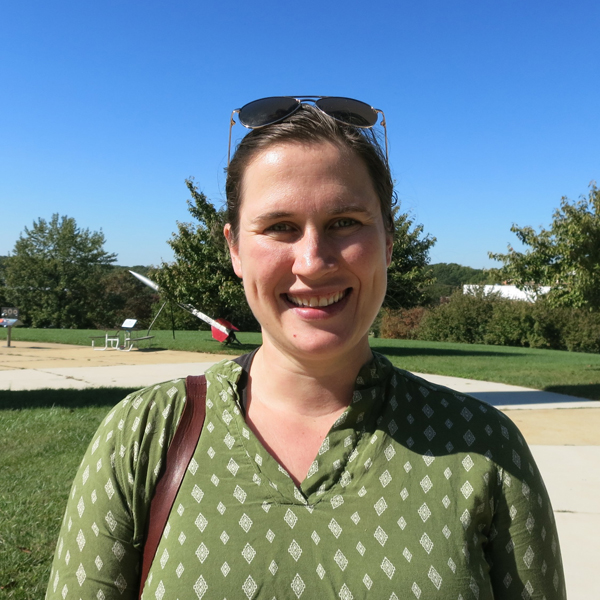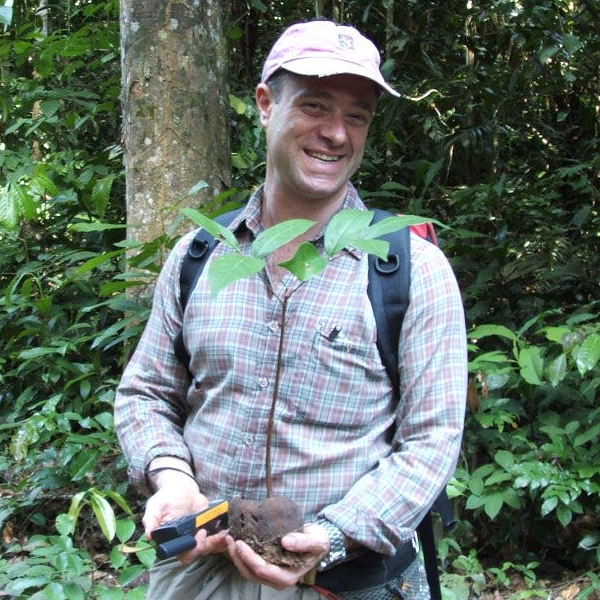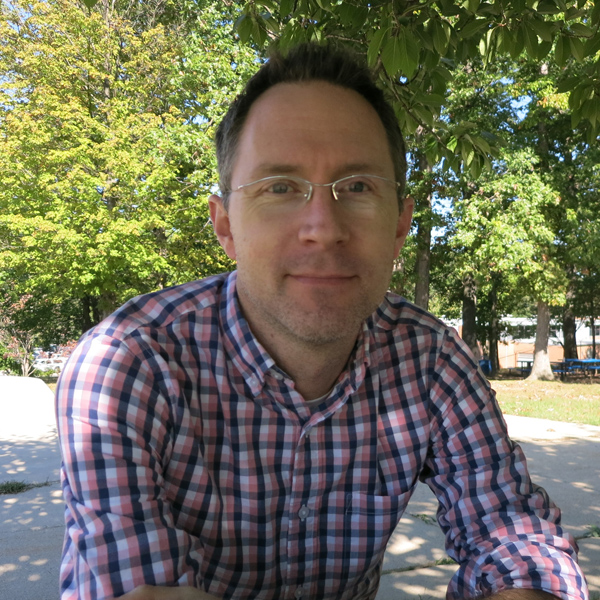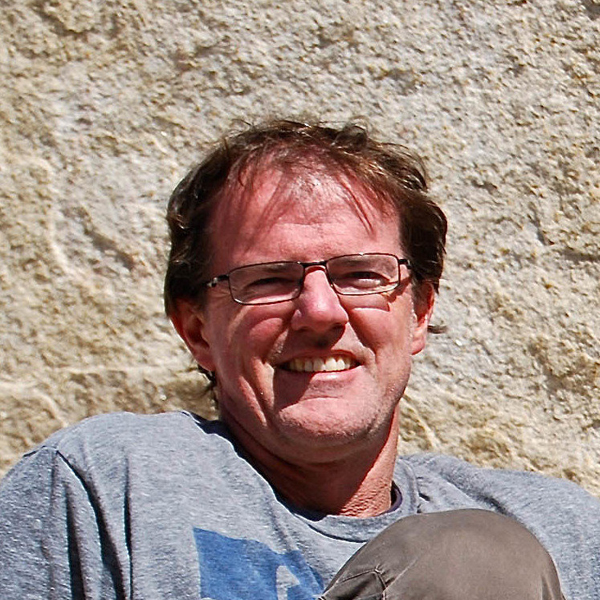
Competed Science Team
Competed Science Team Principal Investigators

Laura Duncanson
Associate Research Professor, University of Maryland

Ranga B. Myneni
Professor, Boston University

David Roy
Professor, Michigan State University

Marcos Longo
Research Scientist, Lawrence Berkeley National Laboratory

Jody Vogeler
Research Scientist, Colorado State University

Lei Ma
Assistant Research Professor, University of Maryland

Michael Keller
Research Physical Scientist, USDA Forest Service

Chi Chen
Assistant Professor, Rutgers University

Trevor Keenan
Associate Professor, UC Berkeley

Chris Hakkenberg
Assistant Research Professor, Northern Arizona University

Jingfeng Xiao
Research Professor, University of New Hampshire

Jim Kellner
Assistant Professor, Brown University

Atticus Stovall
University of Maryland; NASA Goddard Space Flight Center

Birgit Peterson
Supervisory Geographer at the US Geological Survey Earth Resources Observation and Science Center

KC Cushman
Staff Scientist, Oak Ridge National Laboratory

Sean Healey
Research Ecologist, US Forest Service





